Deserts cover some of the most extreme and diverse landscapes on Earth, from icy polar regions to scorching subtropical zones. Despite their vast, barren appearances, these regions play a significant role in shaping global ecosystems and climate. In this article, we explore some of the world’s largest deserts, each unique in its size, location, and environmental conditions. These are home to fascinating wildlife and serve as crucial areas for scientific research and ecological understanding. Let’s take a journey through these incredible natural wonders.
Great Victoria Desert
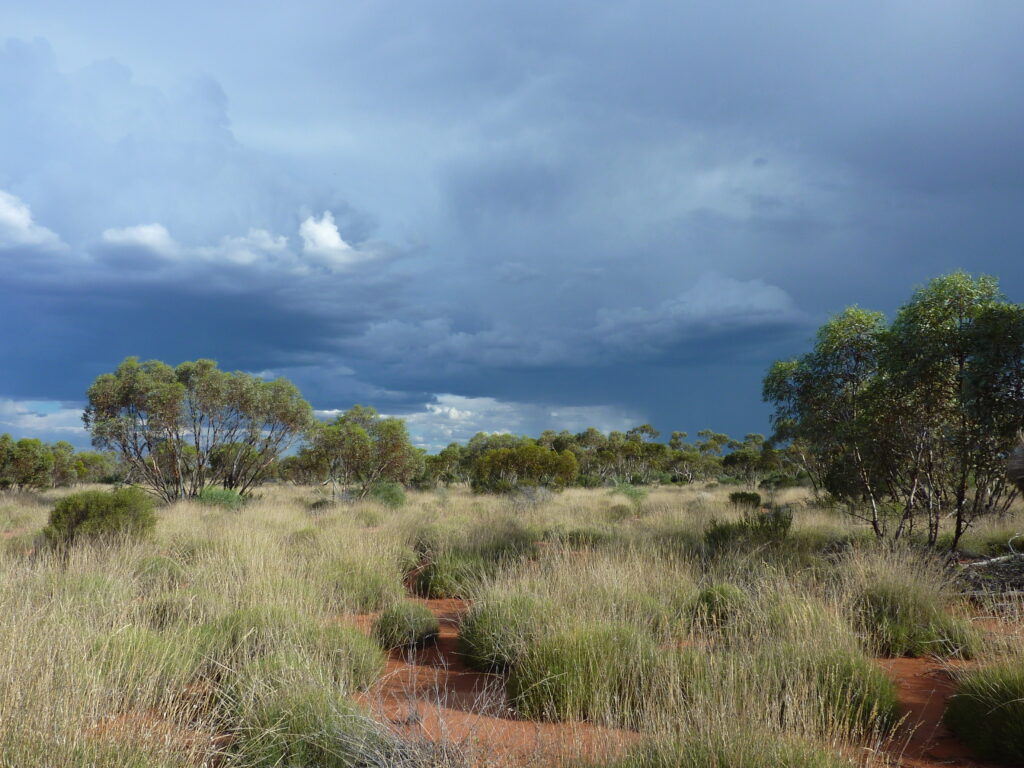
The Great Victoria Desert, located in southern Australia, spans 160,000 square miles (414,000 square kilometers), making it the largest desert in the country. It is a subtropical desert, known for its vast red sand dunes, rocky plains, and dry salt lakes. Summer temperatures can exceed 104°F (40°C), while winters are cooler. It receives an average of 8 to 10 inches (200-250 millimeters) of rain annually, contributing to its harsh, arid conditions. Despite this, it is home to various species of reptiles, birds, and marsupials, many of which are endemic to Australia. Indigenous Australian communities have lived in and around the Great Victoria Desert for thousands of years, with a deep cultural connection to the land.
Great Basin Desert
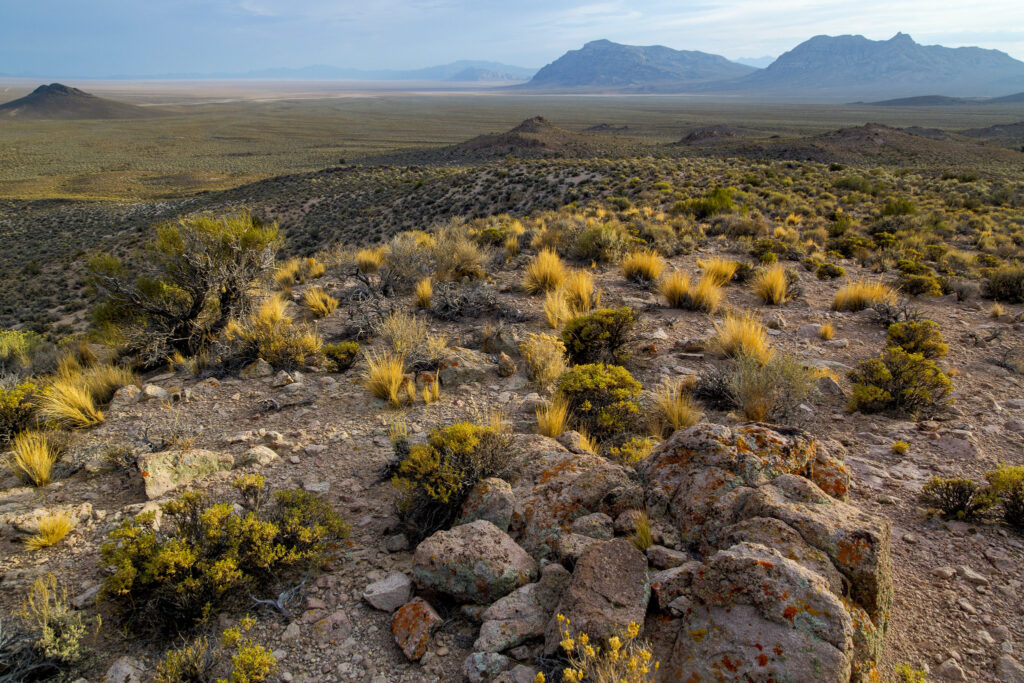
The Great Basin Desert, the largest desert in the United States, covers an area of 190,000 square miles (492,000 square kilometers). It is a cold winter desert that spans multiple states, including Nevada, Utah, and parts of California. It is characterized by high elevation, sagebrush-dominated terrain, and salt flats. It experiences cold winters with freezing temperatures, and unlike many deserts, it receives occasional snowfall. It is home to unique wildlife such as the desert cottontail and plants like sagebrush, which thrive in its harsh conditions. It is also famous for its ancient Bristlecone pines, some of the oldest living trees in the world, over 4,000 years old.
Syrian Desert
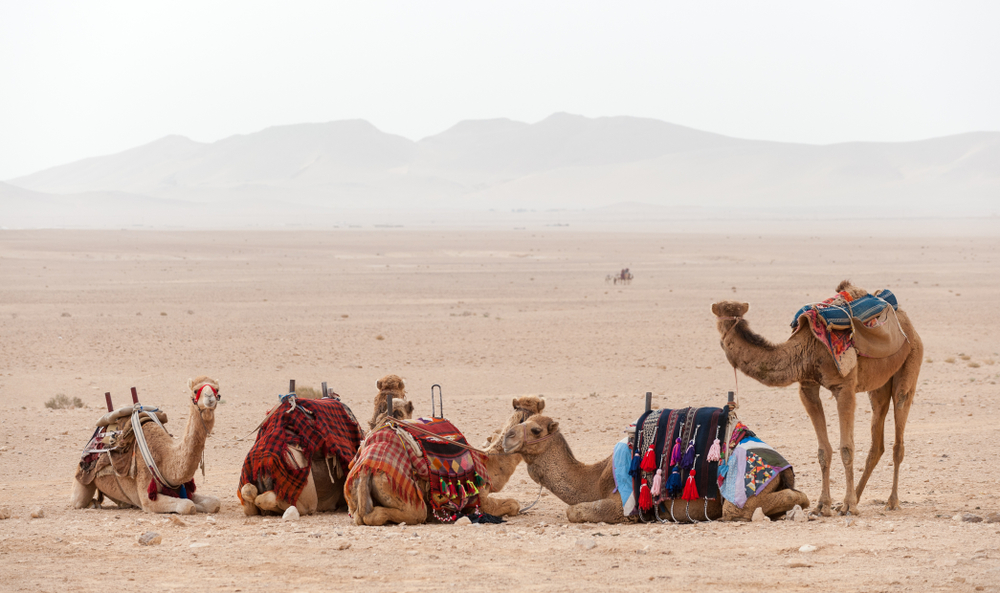
The Syrian Desert, also known as the Syrian Steppe, spans approximately 200,000 square miles (520,000 square kilometers) across parts of Syria, Jordan, Iraq, and Saudi Arabia. This subtropical desert is a mix of rocky terrain, barren plains, and scattered wadis (dry riverbeds), making it one of the harshest environments in the Middle East. Temperatures can soar above 104°F (40°C) in the summer, while winters remain mild but dry. It has long been a crossroads for trade and migration, with ancient caravan routes passing through it, connecting civilizations in the region. Despite its arid conditions, it is home to several species of wildlife, including desert foxes and gazelles, though many face threats from hunting and habitat loss. Today, nomadic Bedouin tribes still inhabit the region, practicing traditional herding and trading. Its significance extends to archaeological discoveries, with ancient ruins scattered throughout its vast expanse.
Patagonian Desert
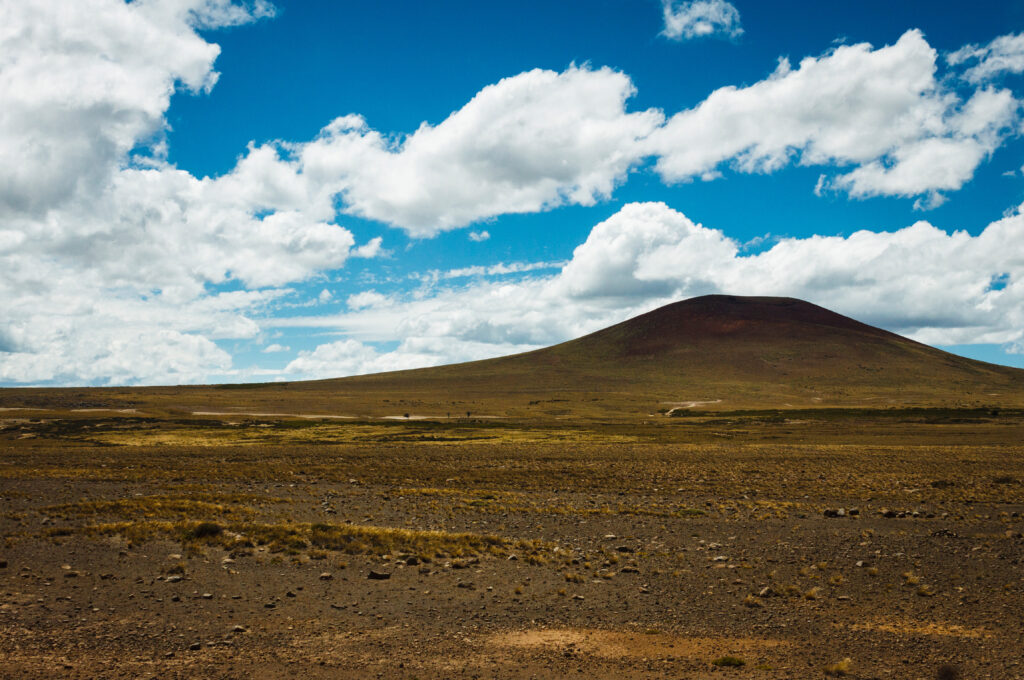
The Patagonian Desert, located in Argentina and parts of Chile, spans 260,000 square miles (673,000 square kilometers), making it the largest desert in South America. It is classified as a cold winter desert, experiencing harsh winds and year-round frosts. Despite its cold and arid conditions, the region supports a variety of wildlife, including guanacos, armadillos, and several species of birds. It is bordered by the Andes Mountains to the west and the Atlantic Ocean to the east, creating a dramatic and varied landscape. The Patagonian Steppe, as it is also called, is a mixture of rocky plateaus, shrubland, and salt flats. In addition to its natural beauty, the region is an increasingly popular destination for adventurers and eco-tourists.
Kalahari Desert

The Kalahari Desert covers approximately 360,000 square miles (930,000 square kilometers) and spans parts of Botswana, Namibia, and South Africa. It is classified as a semi-arid desert, receiving slightly more rainfall than typical deserts, between 4 to 10 inches annually. This rain supports more vegetation than seen in many desert environments, with sparse grasslands and red sand dunes characterizing the landscape. It is home to a variety of wildlife, including giraffes, meerkats, and antelopes. The San people, indigenous to the region, have adapted to its harsh conditions, maintaining traditional lifestyles. Its ecosystem is highly dynamic, as periodic wet seasons can dramatically transform the desert, creating temporary lakes and lush vegetation.
Gobi Desert

The Gobi Desert, located in northern China and southern Mongolia, spans 500,000 square miles (1.3 million square kilometers), making it the largest desert in Asia. It is classified as a cold desert, experiencing extreme temperature variations between scorching summers and freezing winters. Unlike many deserts, it has vast open plains and rocky terrain, rather than sand dunes. It plays an important role in the region’s history, as it was once part of the ancient Silk Road trade route. It is also known for its unique wildlife, including snow leopards and Bactrian camels, which have adapted to the harsh conditions. Its dry conditions are due to the rain shadow effect created by the surrounding mountains.
Arabian Desert
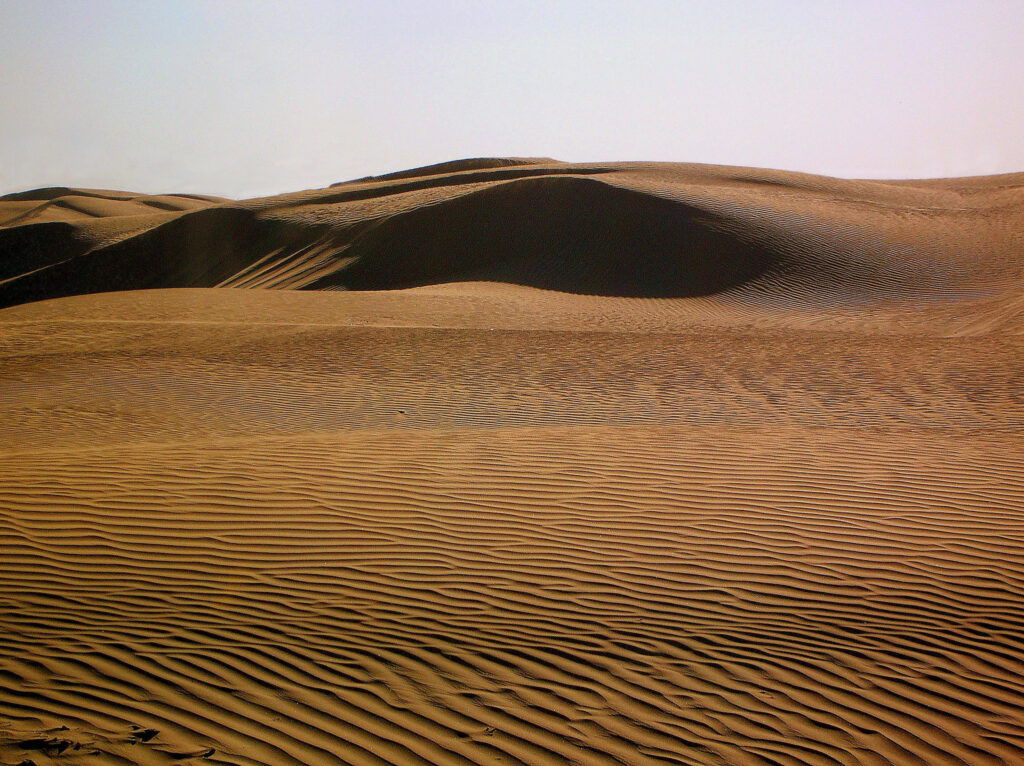
The Arabian Desert, spanning 900,000 square miles (2.3 million square kilometers), is the largest desert in the Middle East. It covers much of the Arabian Peninsula, including parts of Saudi Arabia, Oman, the UAE, and Yemen. The Rub’ al Khali, or Empty Quarter, located within it, is the largest continuous sand desert in the world. It is characterized by vast sand dunes, gravel plains, and scorching temperatures that can exceed 122°F (50°C) during the day. Its ecosystem supports various species such as Arabian oryx and camels, which have adapted to the harsh environment. Despite its arid nature, the region is home to some of the world’s largest oil reserves, making it an economically significant area. Its cultural and historical importance is also evident, with ancient trade routes crossing its vast expanse.
Sahara Desert
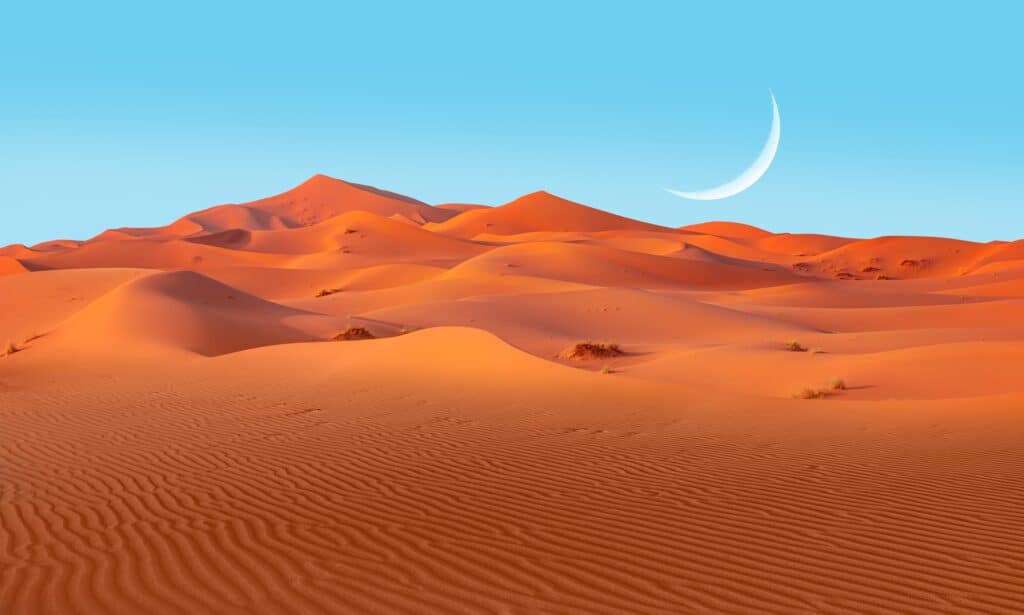
The Sahara Desert is the largest hot desert in the world, covering an area of 3.3 million square miles (9 million square kilometers) across North Africa. It stretches across several countries, including Algeria, Egypt, Libya, and Morocco, and is known for its vast sand dunes and rocky landscapes. It experiences extreme temperatures, with daytime highs exceeding 122°F (50°C) and cold nights. Despite its harsh environment, it is home to a variety of life forms, including nomadic tribes, resilient plant species, and animals such as camels and desert foxes. It has historically been an important trade route, connecting different parts of Africa through the trans-Saharan trade network. Ongoing desertification continues to reshape it, creating challenges for both human and animal inhabitants. It also plays a significant role in global weather patterns, particularly through the dust storms that impact regions far beyond Africa.
Arctic Desert
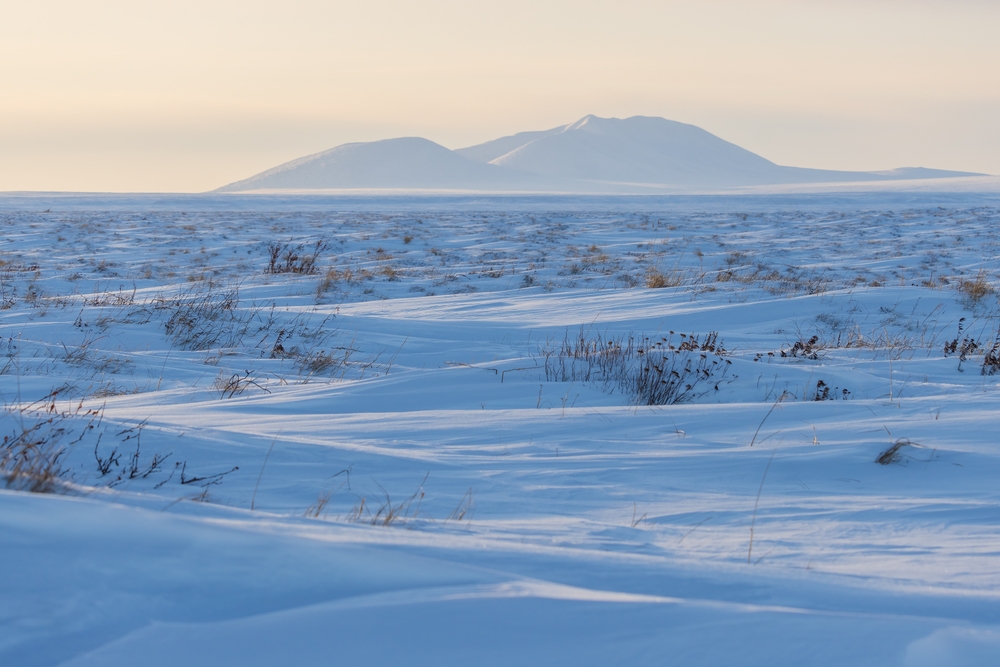
The Arctic Desert spans 5.4 million square miles (13.9 million square kilometers) and covers parts of North America, Greenland, and Northern Europe. It is a polar desert characterized by its cold temperatures and low precipitation, most of which falls as snow. The landscape consists of tundra, frozen oceans, and ice-covered terrain. Despite the extreme cold, it is home to a variety of wildlife, including polar bears, Arctic foxes, and seals, all of which have adapted to the harsh conditions. The region experiences phenomena such as the polar night and the midnight sun, with extended periods of darkness in winter and continuous daylight in summer. Climate change is rapidly affecting it, causing ice to melt at unprecedented rates, which in turn impacts global sea levels.
Antarctic Desert

The Antarctic Desert, the largest desert in the world, covers 5.5 million square miles (14 million square kilometers) in the southern hemisphere. This polar desert is predominantly covered in ice, with average ice thickness reaching 1.5 miles. Despite its icy conditions, it is classified as a desert because it receives less than 2 inches (50 millimeters) of precipitation annually. Temperatures in it can drop to as low as -128.6°F (-89.2°C), making it one of the coldest environments on Earth. The continent supports a range of wildlife, including penguins, seals, and seabirds, all adapted to the extreme cold. Antarctic ice sheets play a crucial role in regulating global sea levels and climate. The region also serves as a hub for scientific research, offering insights into climate patterns and environmental changes that affect the entire planet.
This article originally appeared on Rarest.org.
More from Rarest.org
10 Historic Landmarks That Were Demolished but Should Have Been Preserved

Throughout history, countless architectural landmarks around the world have been lost to demolition, whether due to modernization, war, or neglect. Many of these structures held significant cultural, historical, or architectural value, making their destruction all the more tragic. Read More.
20 Exotic Birds in Danger of Disappearing from Our World
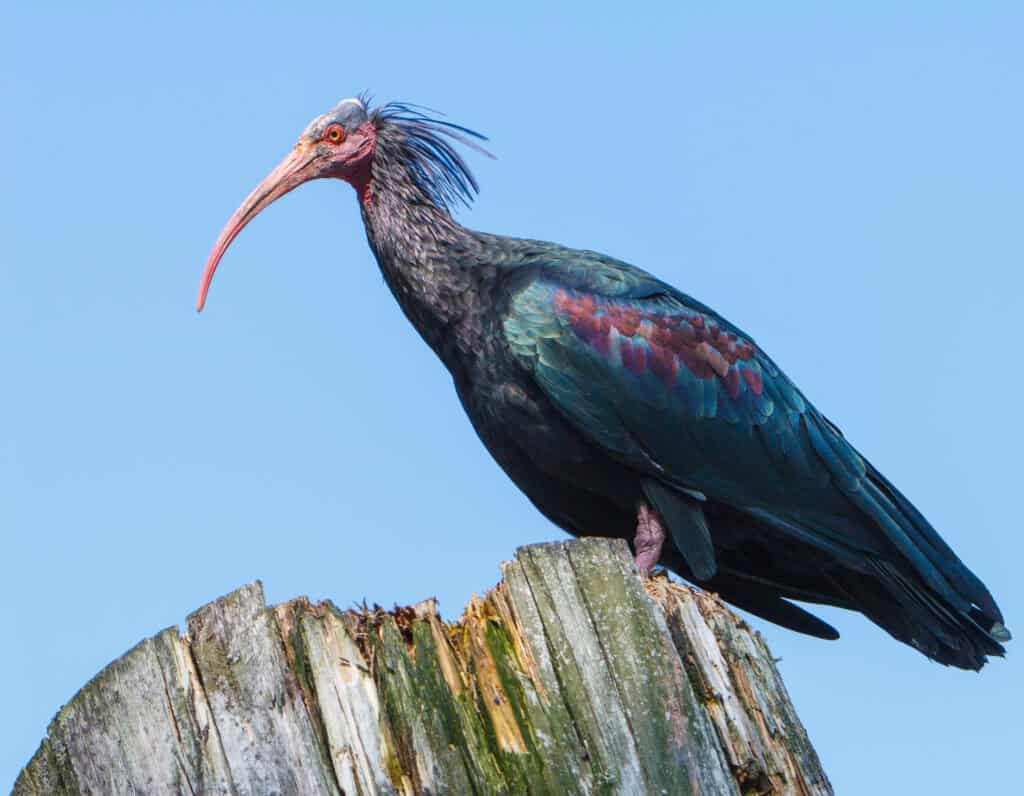
Exotic birds are among the most vibrant and unique species on our planet. However, many of these stunning creatures are at risk of vanishing forever. Read More.
15 Discarded Technological Gadgets Now Seen as Expensive Collectibles

Technology moves fast, but some gadgets hold a special place in history and are now considered valuable collectibles. Once discarded or replaced by more modern devices, these items are making a comeback in the hands of enthusiasts and collectors. Read More.
